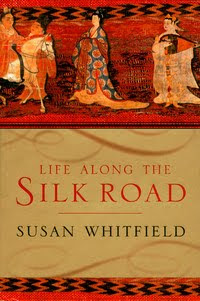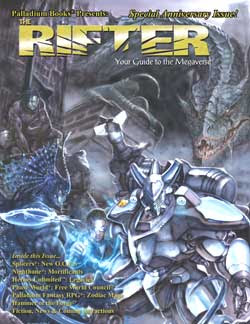I have been writing some on Jaws of Empire in the last few days. Today I did 1500+ words. I was trying to think of as a NaNoWriMo day. When you are just starting out on a story you can make up essentially whatever you want and just make a note to explain it later. Once you have several chapters down and the characters are starting to interact with the story elements you’ve left hanging you can’t get away with that anymore.
That’s the point I am getting to in this story. I think I need to take some time to work out the political structure of each Empire – at least a sketch of them. I also need a chronology. What day is this all happening? Does Jundah have enough time to get from where he was in the last chapter to be in on this meeting I am writing? I can just decide, “yes, yes he does,” but that will effect the timing of other events I have planned! Ga!
On the other hand I am rather happy with the slow reveal of the mystery and the scene I wrote today has a lot of different characters bringing different points of view to piece things together. I like it as of right now.
Telescope Types
1 day ago







